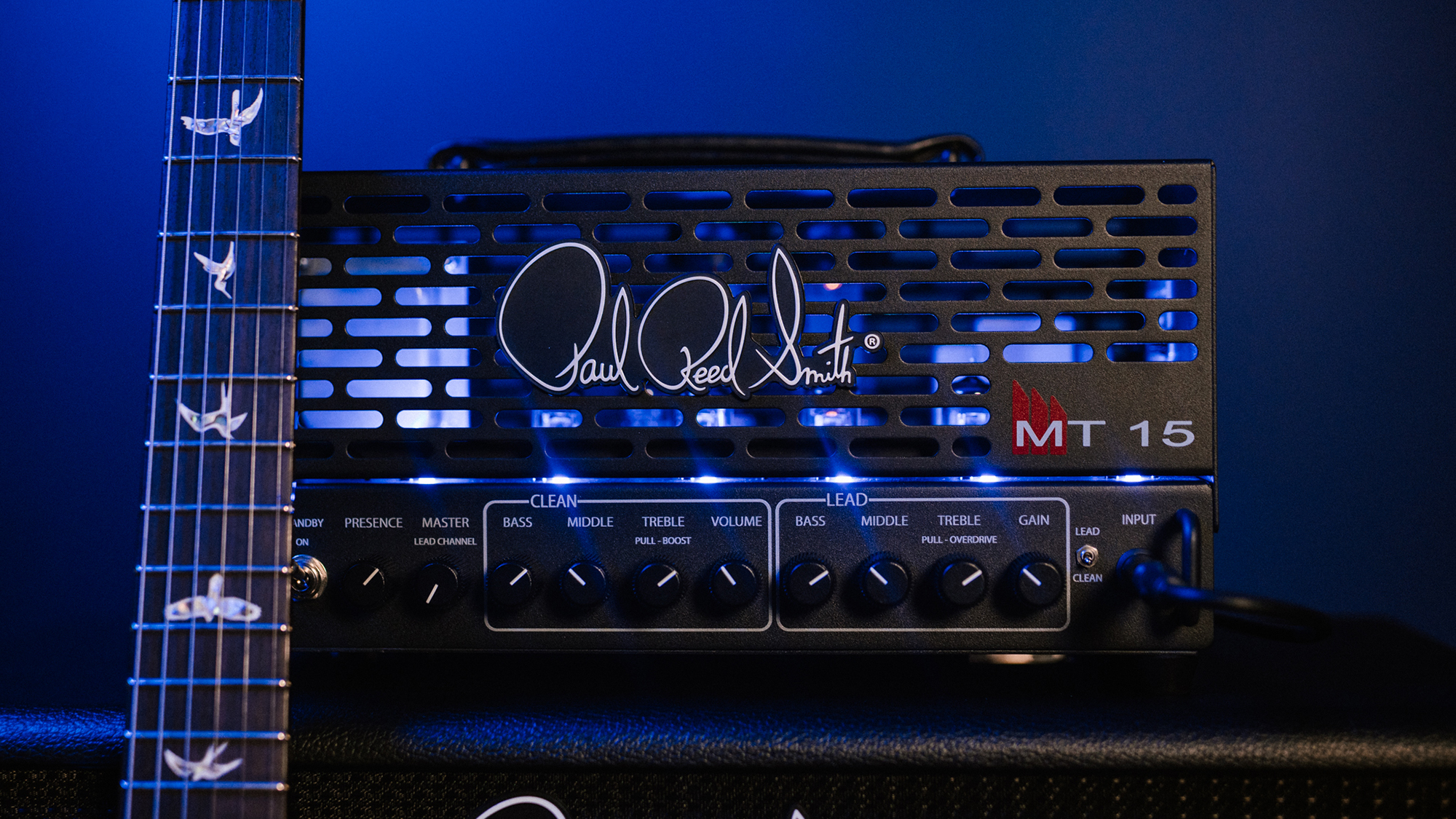Make an impact with 5 expansive open guitar chords
It’s time to make some noise as this lesson demonstrates how using all six strings can make for some big open chords in the key of E major

Sometimes you want small chords in order to fit into a funk song or add a percussive backbeat. Today, we’re not talking about these – we’re looking at making the most sound possible, using all six strings and a wide range of notes (that is, from low to high).
Chords such as these examples can be very effective on acoustic guitar, particularly if it is the sole accompaniment to a voice. Joni Mitchell is a master at this and would frequently use open tunings to assist with wide-ranging, complex chords.
The good news here is that these chords capture much of that sound without the need for retuning. Based in the key of E major, the example chords outline part of an ascending major scale, which you’ll find quite useful as a compositional device with some experimentation, playing them in and out of scale sequence.
All the chords feature the sixth, second and first string open (E, B and E), which allows us to make various triads and superimpose harmonic ideas elsewhere.
1. Emaj7
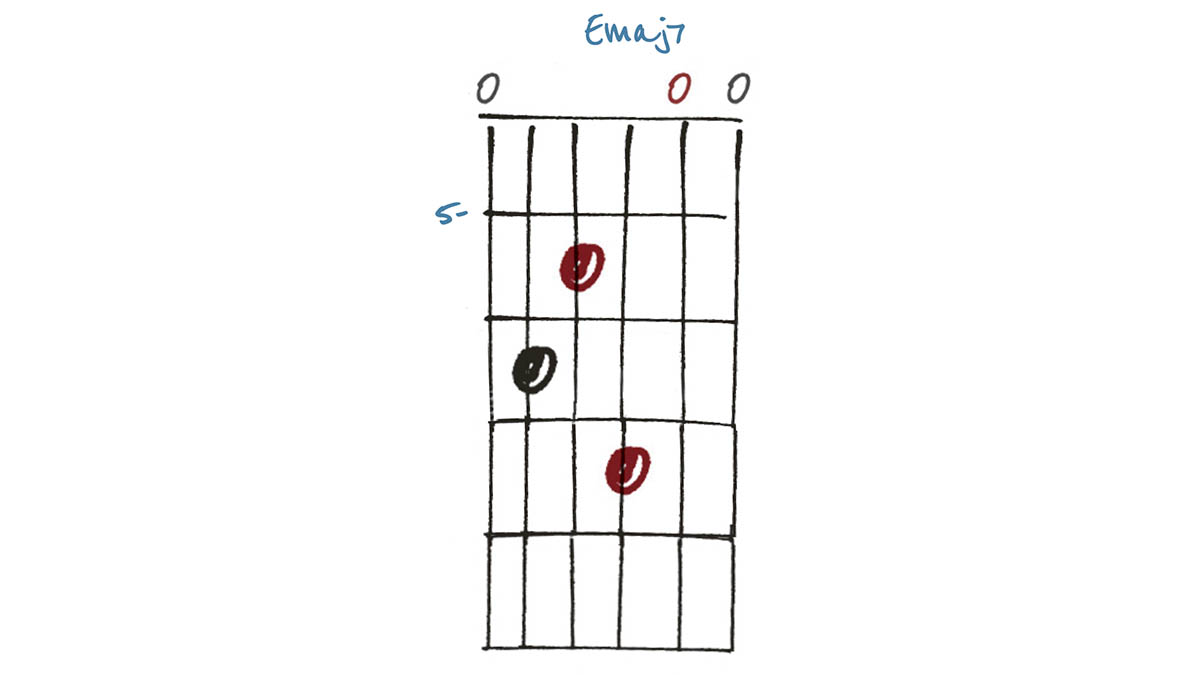
This Emaj7 takes its name from the D# at the 8th fret of the G string. You’ll find the 3rd (G#) over on the D string and another root on the 7th fret of the A – giving us three Es in total! As well as strumming up a storm, unusual voicings such as this can yield very interesting arpeggiated parts.
2. F#m11/E
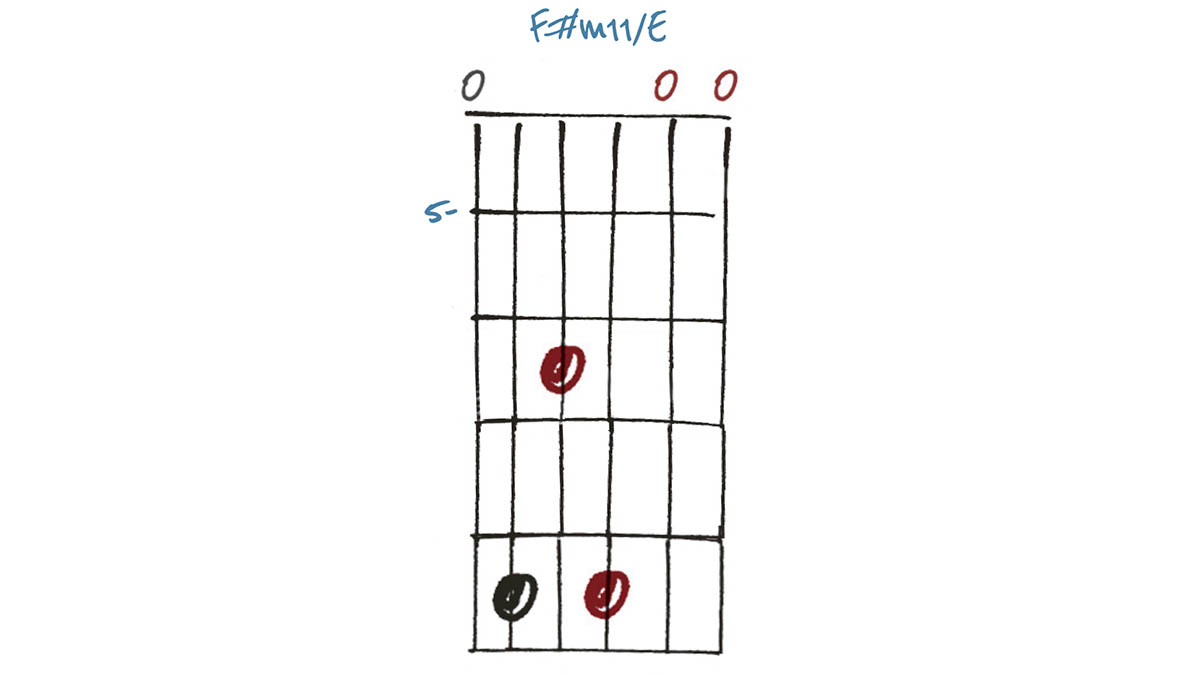
I’m calling this F#min11/E as we have (from low to high) E on the open sixth string, F# A E (in that order) making an F#min7 triad on the fifth, fourth and third strings, the open B giving us our 11th – then, finally, another 7th in the shape of the open high E string.
3. Eadd2

Of the various names this chord could correctly be given, I’m opting for Eadd2. It could also be called Eadd9, or G#min7/E. While the latter gives a context after the previous F#minor11/E, I’m not convinced enough to call it that as a ‘standalone’ chord. Hopefully, this will give a bit of insight into how and why people name chords the way they do!
4. Amaj9/E
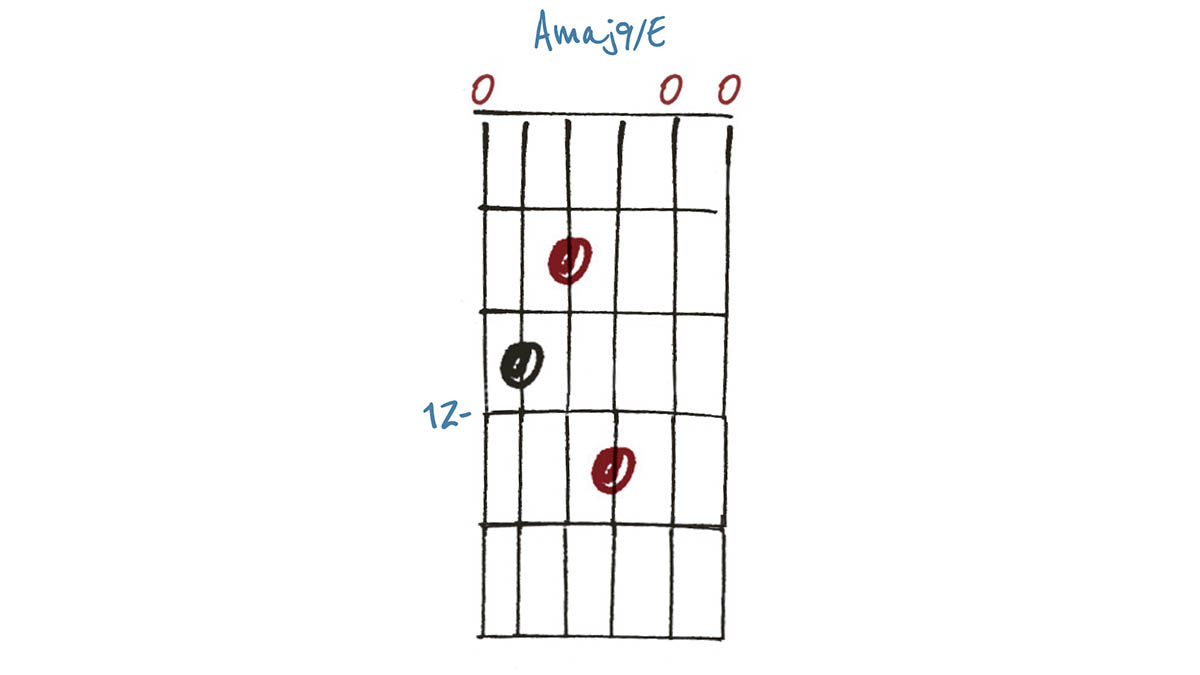
This example suits the name Amaj9/E. I think we know where the low E comes from by this point, but the A, C# and G# on the fifth, fourth and third strings are our maj7 triad, further extended by the open B string as the 9th then the open E, which (as the 5th) doesn’t require adding any further numbers to the name!
5. Emaj9
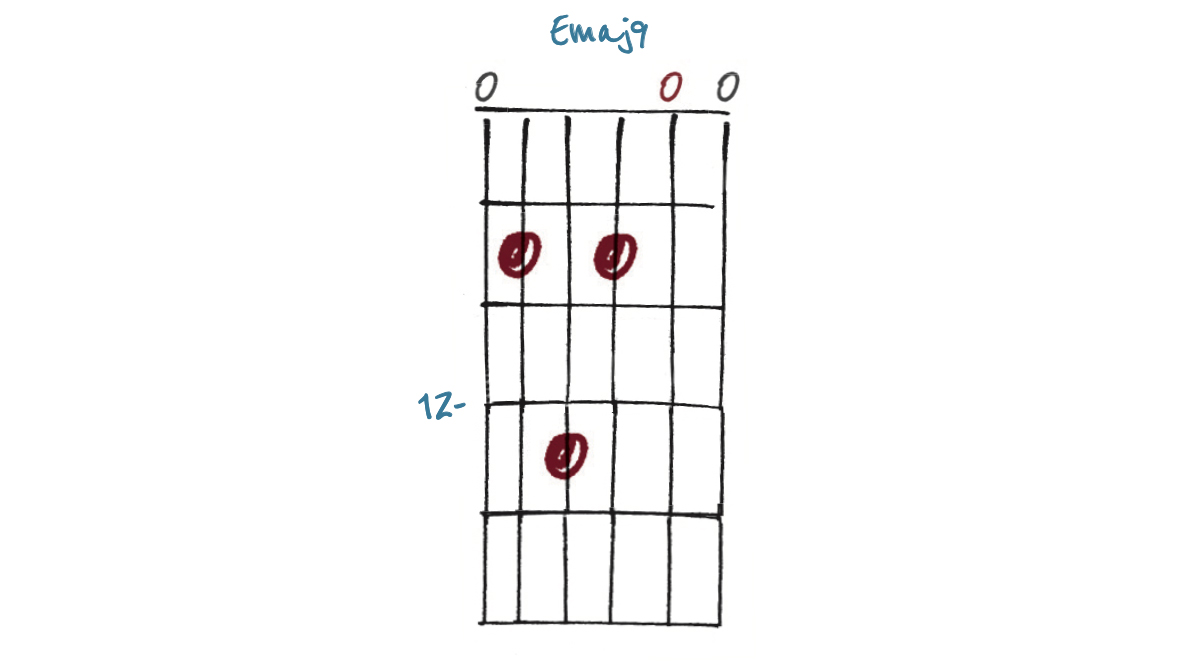
Finally, we flip the shape round and get this nice ‘doo-wop’ style Emaj9. We have our open Es and B in the usual places, with the G#, D# and F# giving us the maj3, maj7 and 9th respectively. Like all of these examples, it’s worth shifting these about the fretboard for some nice surprises!
Get The Pick Newsletter
All the latest guitar news, interviews, lessons, reviews, deals and more, direct to your inbox!
As well as a longtime contributor to Guitarist and Guitar Techniques, Richard is Tony Hadley’s longstanding guitarist, and has worked with everyone from Roger Daltrey to Ronan Keating.









![Joe Bonamassa [left] wears a deep blue suit and polka-dotted shirt and plays his green refin Strat; the late Irish blues legend Rory Gallagher [right] screams and inflicts some punishment on his heavily worn number one Stratocaster.](https://cdn.mos.cms.futurecdn.net/cw28h7UBcTVfTLs7p7eiLe.jpg)

